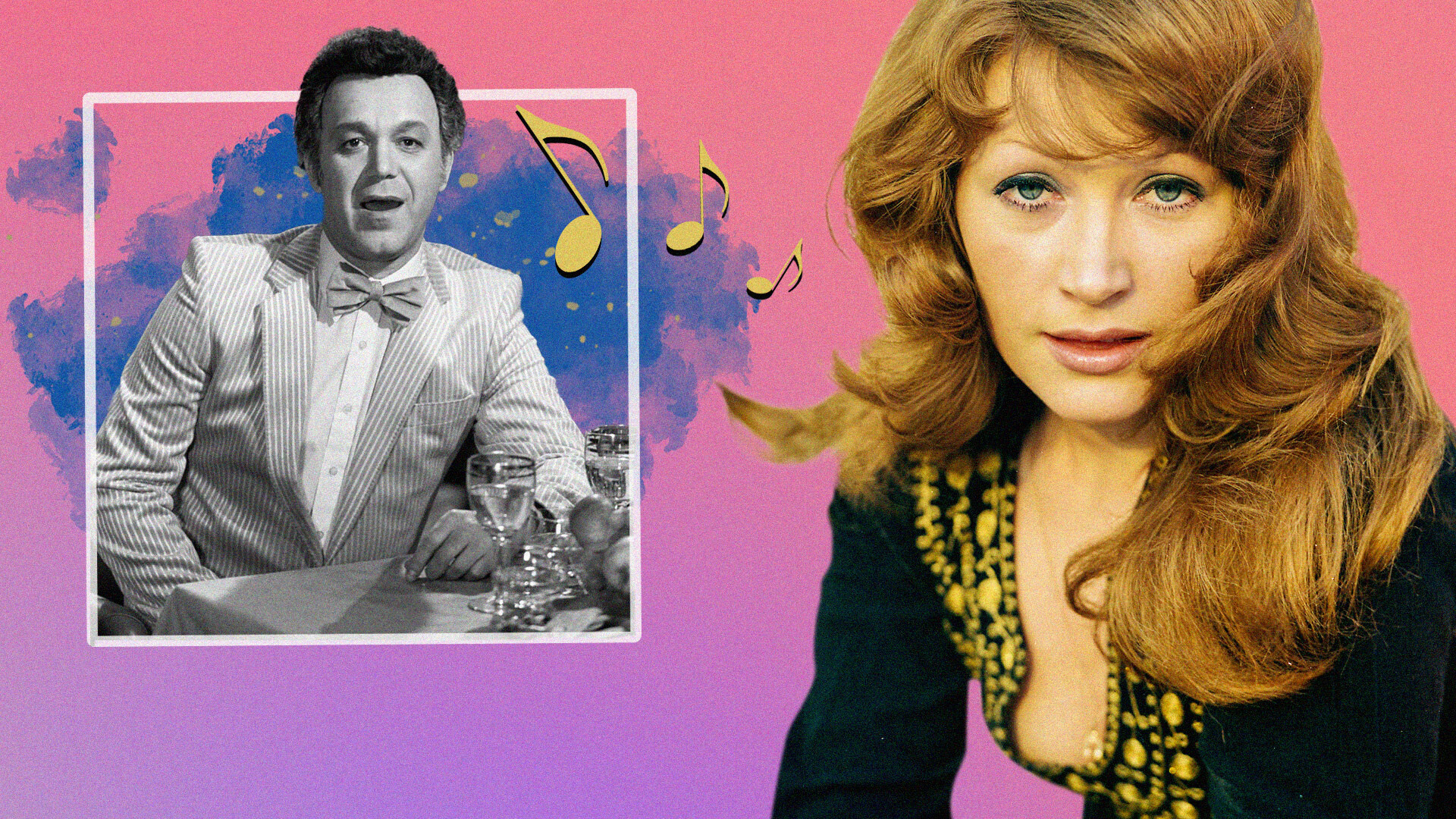
Although there were some restrictions on the “capitalist” way of life in Soviet times, music in those years was, more or less, in line with the global trends. Musicians shot videos, toured every region of the vast country and, of course, had crowds of fans.
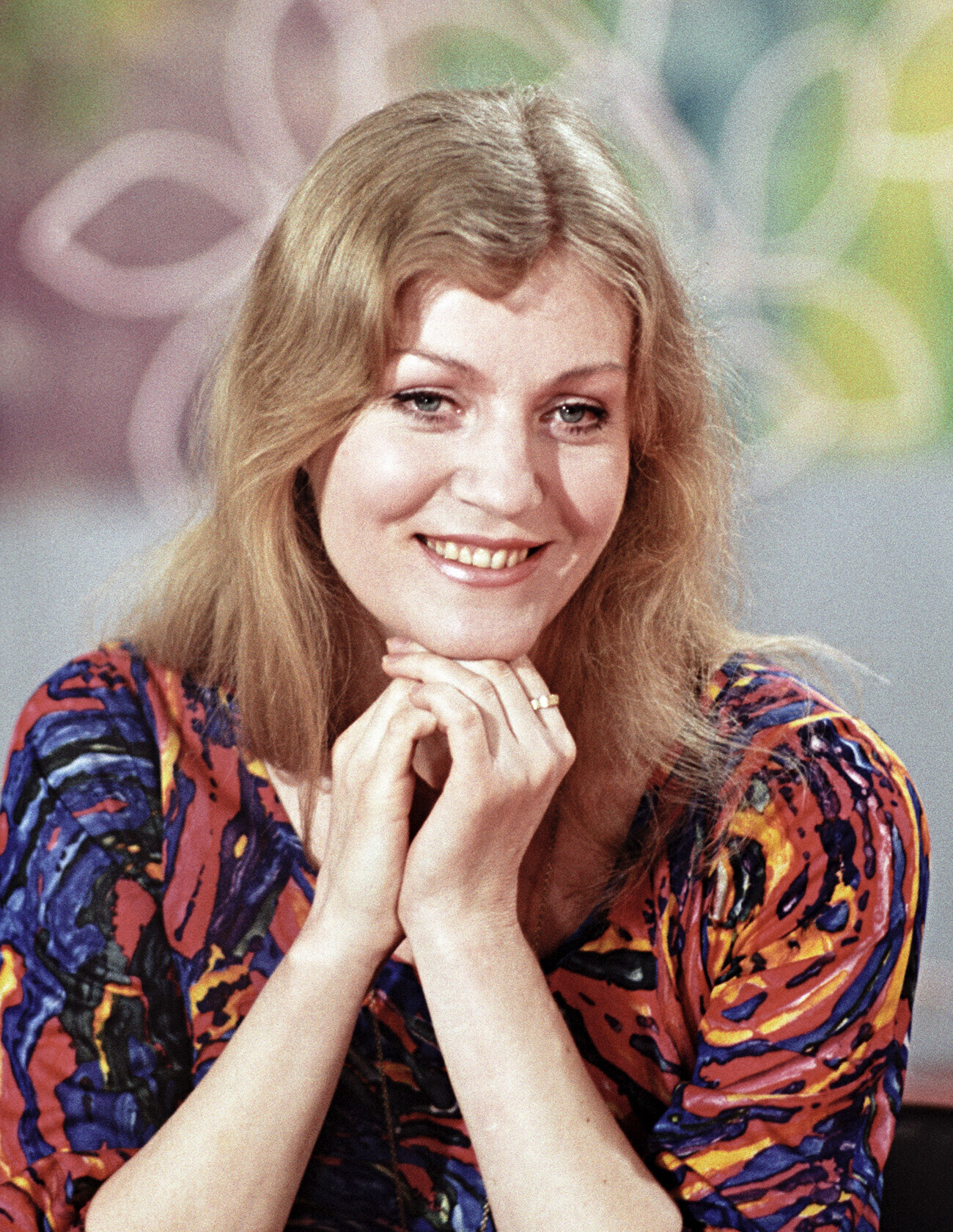
One of the most popular Soviet singers, Anna German (1936-1982) had roots among Russian Germans and spent her youth in Wroclaw, Poland. In addition to Russian and Polish, she spoke Italian, English and even an old German dialect.
She began to perform with songs at student evenings and, soon, she became a frequent guest at various festivals in Poland, Italy and the Soviet Union. And it was Soviet composers who wrote the most famous songs for her: ‘Hope’, ‘When Gardens Blossomed’, ‘Tenderness’ and ‘Echo of Love’. (read more about her dramatic life here)

The “crush” of many Soviet women was Lev Leshchenko (born in 1942 in Moscow and still performing in his 80s!). The actor was noticed, oddly enough, in the army and, after his service, he entered the theater institute. The song ‘Victory Day’, which he performed on May 9, 1975, brought him worldwide popularity and, since then, he is the regular performancer on every solemn day in Russia. He even sang at the closing ceremony of the 1980 Olympic Games in Moscow.
Today, Leshchenko sings not only old hits, but also new songs, recording them together with young rappers (yes, rappers). “I have liked rap for a long time. After all, we do love Mayakovsky [poems] and this was like the first rap,” the artist said in a recent TV interview in 2022.
But, the main song that even young Russians know by heart is ‘Goodbye’. Have a listen!

Another Soviet favorite, Iosif Kobzon (1937-2018) began performing in the late 1950s, with both military and lyrical songs. He gave concerts at all the All-Union construction sites, performed in Chernobyl and Afghanistan, doing so at his own wish. Kobzon also made the terrorists in 2002, who who were behind the ‘Nord-Ost’ siege in Moscow, release several hostages. In the last years of his life, he was not only involved with the stage, but also headed the State Duma Committee on Culture.
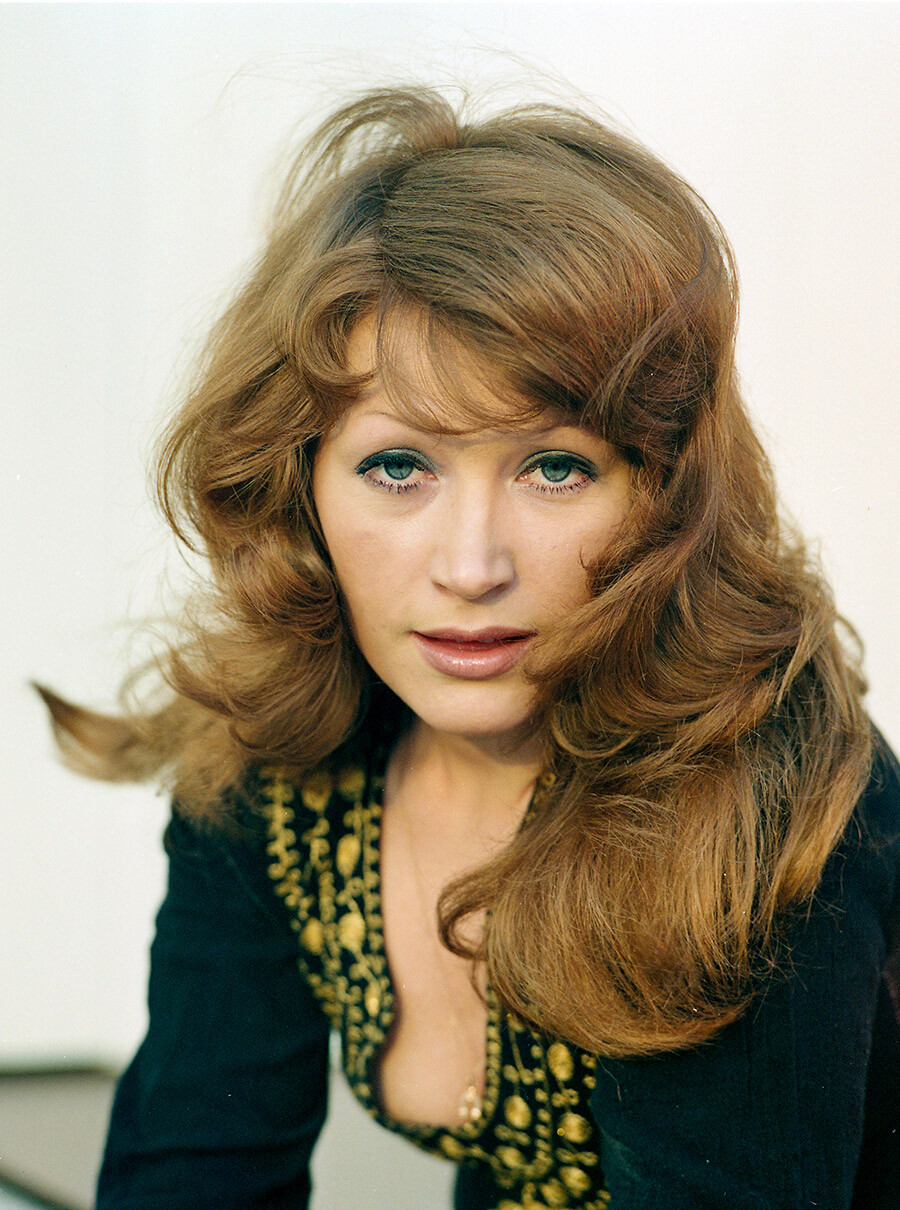
The living symbol of the Soviet stage is, of course, Alla Pugacheva (born 1949 in Moscow). She started making music in the 1960s, after graduating from a professional school. Then, she began to perform on national radio, television and made tours to the remotest corners of the USSR. She has a very low and deep voice - simply unlike anybody else! In 2010, Pugacheva stopped her touring, but she leads an active life on social networks. Her daughter Kristina Orbakaite, by the way, also became a popular singer in Russia.
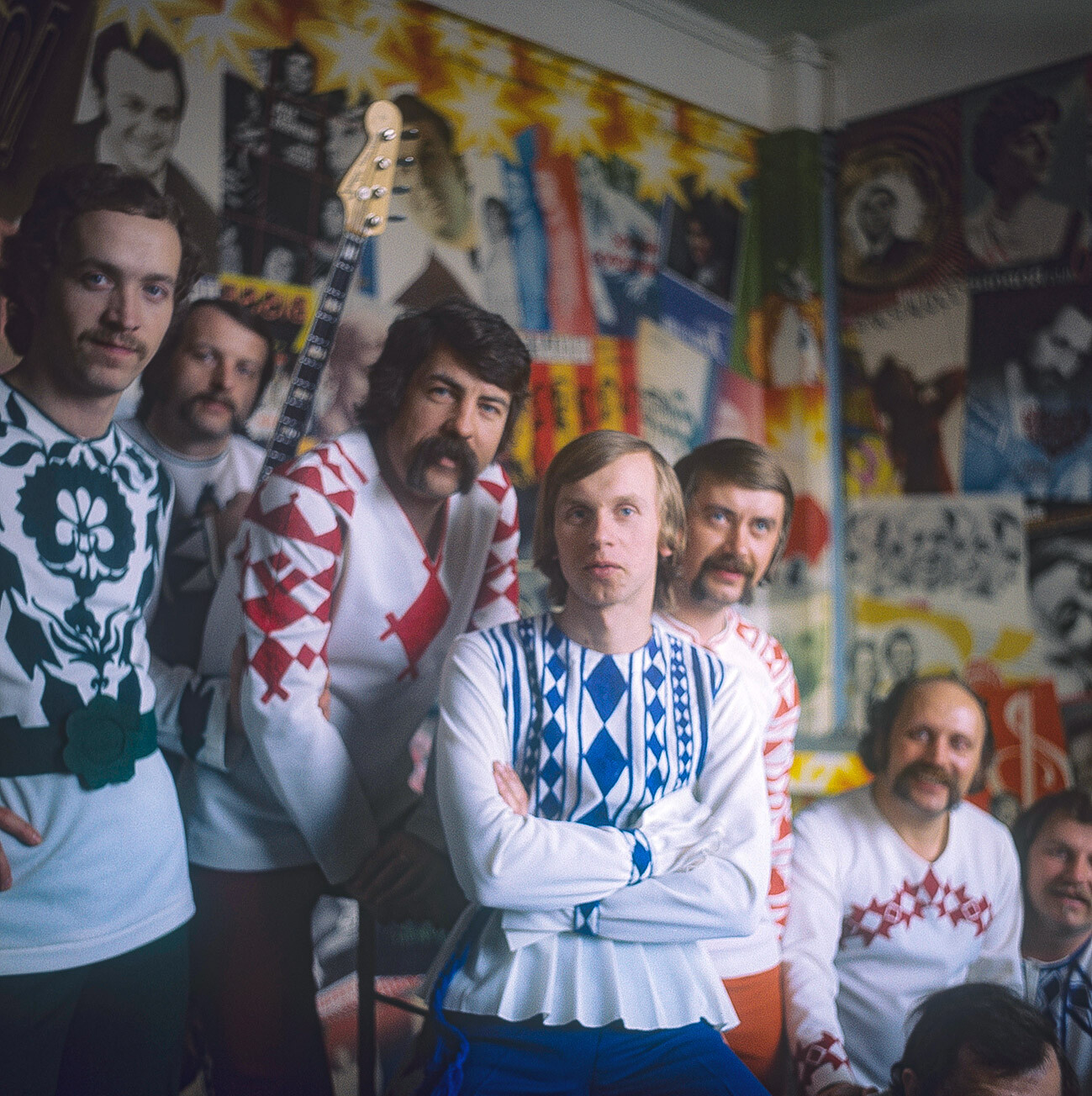
Soviet artists often performed songs not only in Russian, but also in the other languages of the Soviet Union as well. And the group ‘Pesnyary’ (“Singers”), created in the 1960s in Minsk, Byelorussian SSR, popularized songs in the pop-folk style. Songs about hayrides, migratory birds and spring became famous throughout the Soviet Union. Today, the ‘Pesnyary’ band has morphed into the state ensemble of Belarus.
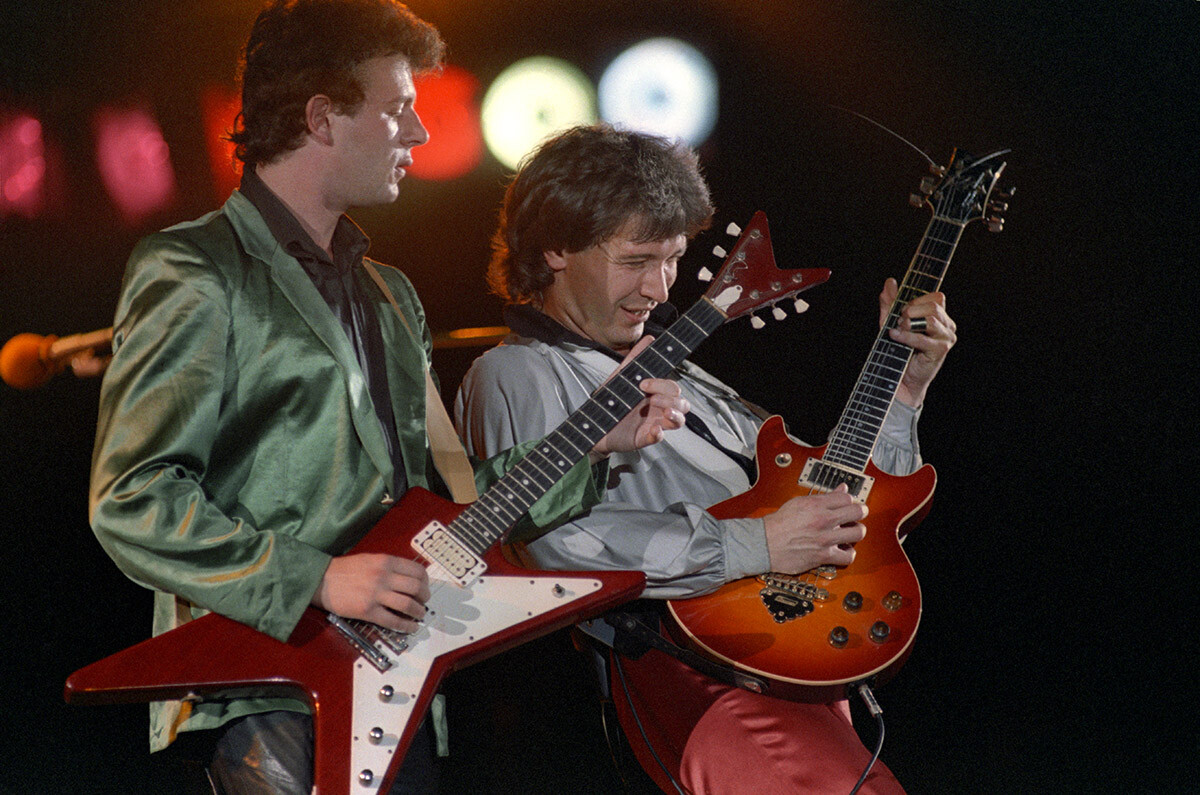
The space theme fascinated people all over the world in the 1960s and 1970s. Musicians of the band ‘Zemlyane’ (“Earthlings”), created in 1969 by Leningrad students, also dreamed of outer space. The heroes of their songs were pilots and cosmonauts, which Soviets liked a lot. At the end of the 1980s, they were already playing more rock and “heavy” music. By the way, at their concert devoted to the XII Festival of Youth and Students in Moscow in 1985, the warm up act was British band ‘Everything but the Girl’.
Zemlyane still plays today, especially on cosmonautic memorial days.
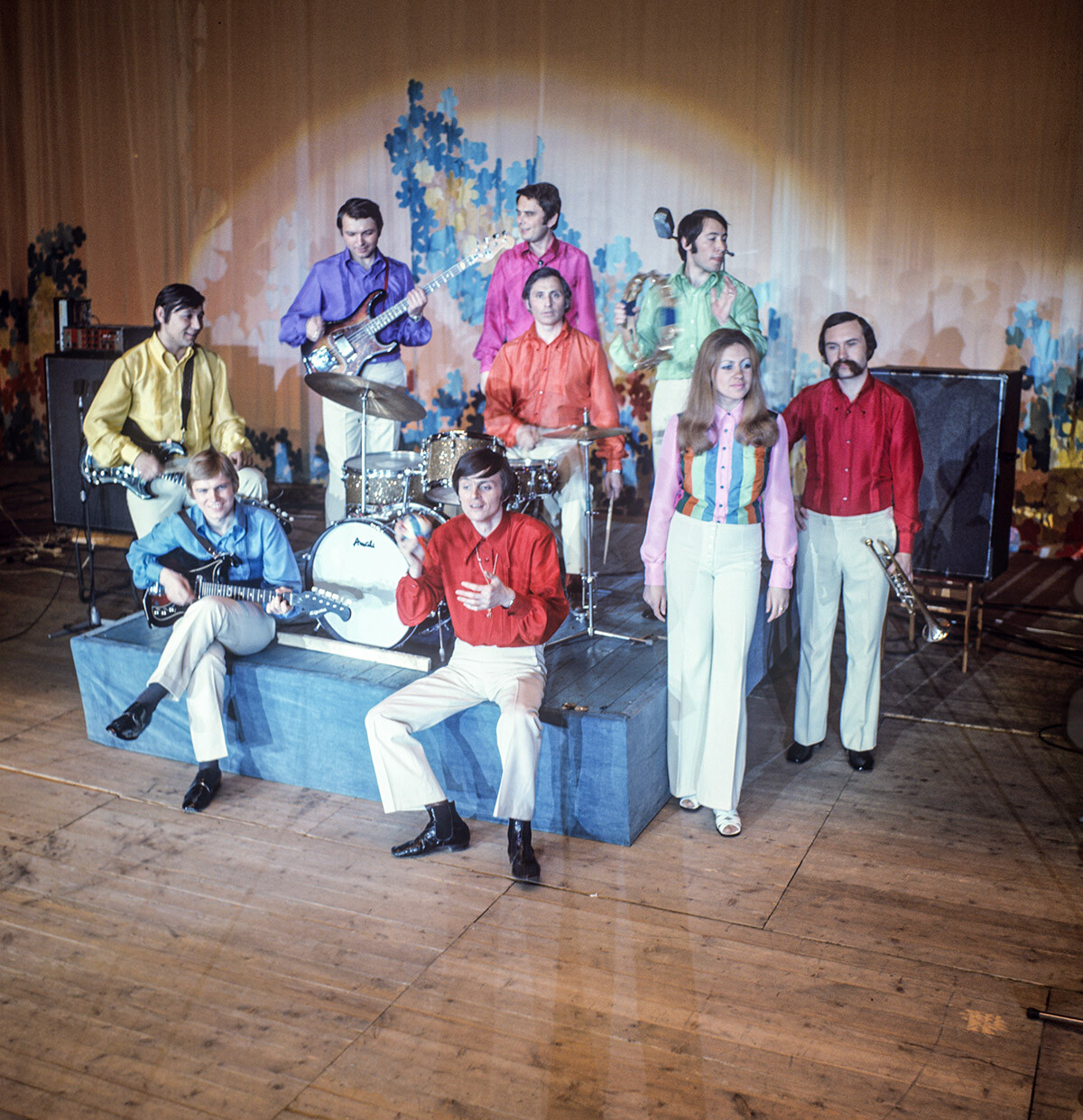
The best songs about the Soviet Union were sung by the ‘Samotsvety’ (“Gems”) band (from 1971 until now). Their songs were about big dreams, the tundra and the Baikal Amur Mainline construction. They are still performing today, now with a younger lineup. But they are still led by the same man who founded the band after graduating from the Moscow Conservatory - Yuri Malikov.
If using any of Russia Beyond's content, partly or in full, always provide an active hyperlink to the original material.
Subscribe
to our newsletter!
Get the week's best stories straight to your inbox